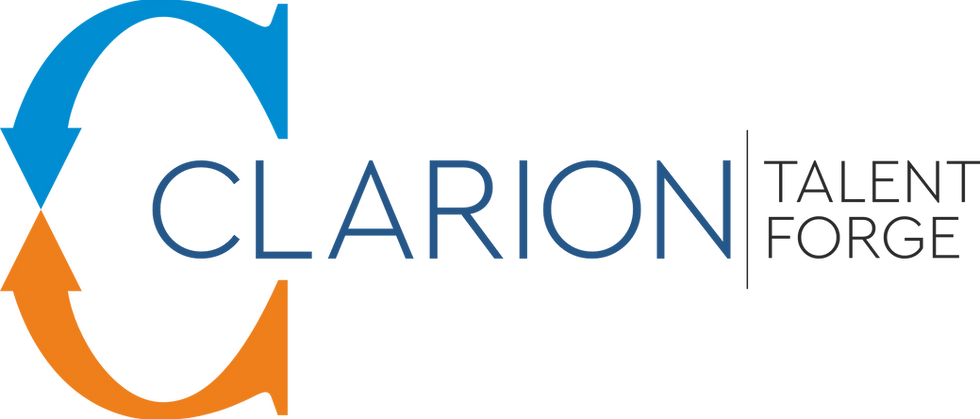Bank Transfers

We’ll explore the essential aspects of bank transfers, a fundamental component of modern financial transactions. Whether you’re managing personal finances or handling business transactions, understanding how bank transfers work is crucial for efficient financial management.
What You’ll Learn:
Types of Bank Transfers: Learn about various types of bank transfers, including domestic, international, wire transfers, and electronic transfers.
Process and Procedures: Understand the step-by-step process involved in executing a bank transfer, from initiating the transfer to completing it.
Security Measures: Discover the best practices for ensuring the security of bank transfers and protecting against fraud.
Fees and Charges: Get insights into the potential fees and charges associated with different types of transfers and how to manage them effectively.
Regulatory and Compliance Aspects: Familiarize yourself with regulatory requirements and compliance issues related to bank transfers.
IFSC
IFSC stands for Indian Financial System Code. It is an alphanumeric code that uniquely identifies a bank branch in India. This code is used for electronic payment applications like Real-Time Gross Settlement (RTGS), National Electronic Funds Transfer (NEFT), and Immediate Payment Service (IMPS) in India.
Structure of IFSC:
11 Characters: The IFSC code is composed of 11 characters.
First 4 Characters: Represent the bank code (e.g., "HDFC" for HDFC Bank).
Fifth Character: Always a zero, reserved for future use.
Last 6 Characters: Represent the specific branch code.
Example:
IFSC Code: HDFC0001234
"HDFC" indicates the bank (HDFC Bank).
"0001234" indicates the specific branch.
Usage:
IFSC is required when transferring funds electronically between banks within India, ensuring that the money reaches the correct branch and account.
How to find IFSC code?
The IFSC number can be obtained by the remitter (customer) from his / her bank branch. Alternatively, it is available on the cheque leaf of the beneficiary. This code number / bank branch information can be communicated by the beneficiary to the remitting customer. The list of IFSCs is also available on the RBI website at the link https://rbi.org.in/Scripts/Bs_viewRTGS.aspx?Category=5.
The list is updated on a fortnightly basis.
2) Cheque
A cheque is a written, dated, and signed document that instructs a bank to pay a specific amount of money to a named recipient or the bearer.
The person or entity that writes the cheque is called the drawer, and the person or entity that receives it is called the payee. Cheques are also known as negotiable instruments.
Cheques can be used for various transactions, such as: Paying bills, Transferring funds, and Withdrawing cash from an account.
Cheques are still an important alternative to electronic transactions, especially when the payee doesn't have access to or prefer electronic transactions. They can also be safer and easier to carry around than cash, and can be found easily if lost.
Here are some features of a cheque:
Date: Written in the top right corner
Payee's name: Written on the first line in the center, preceded by the phrase "Pay to the Order Of"
Amount: Written in a figure next to the payee's name, and written out in words on the line below
Signature: Written on the line in the bottom right corner
Each cheque has a unique cheque number(at the bottom which is 6 digits), MICR, and IFSC code.
Note: Corrections on the cheque like over writing makes the cheque invalid.
Validity of cheque is 3 months from the date of issuing.
Types of cheques
Bearer cheque
Payable to the person holding the cheque. This is the most common type of bank cheque.
Crossed cheque
Has two parallel lines drawn across the cheque, usually in the top left corner, along with the words "a/c payee".
Post-dated cheque
Dated for a future date.
Stale cheque
Has a written date that has passed its period of validity, so it can't be cashed anymore. Funds on a cheque usually need to be cashed within three months of the date it was written.
Self cheque
A personal cheque written by the drawer to withdraw money from their bank account. Self cheques should be handled with care because anyone who has the cheque can cash it, which could lead to the drawer's account being hacked.
